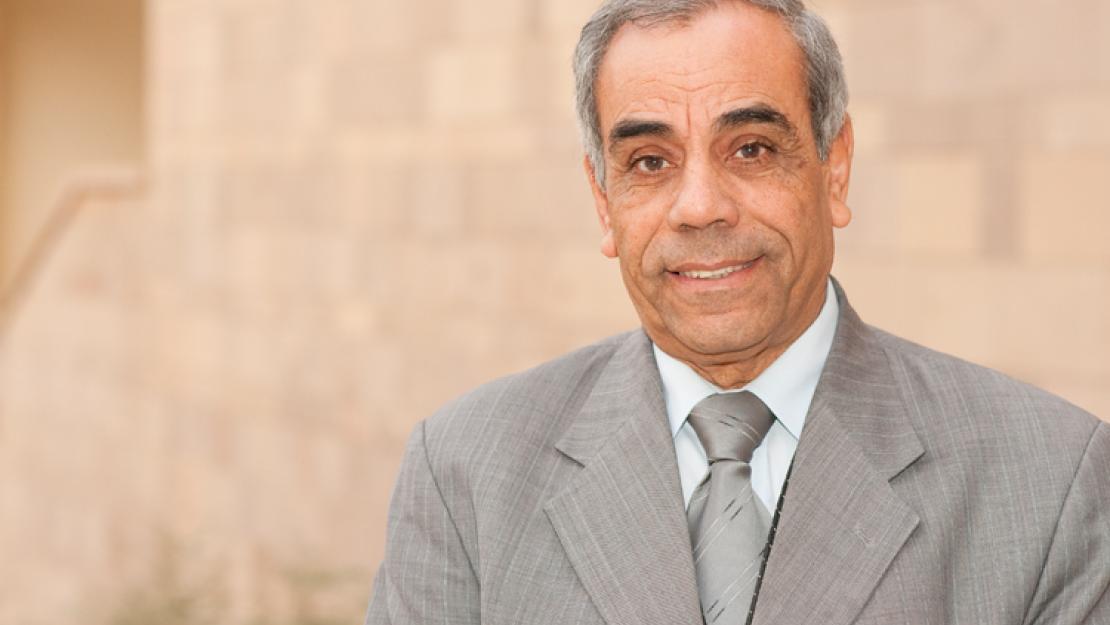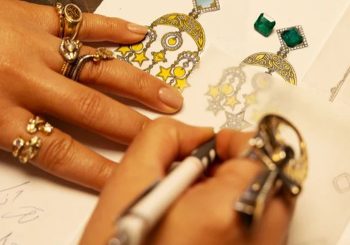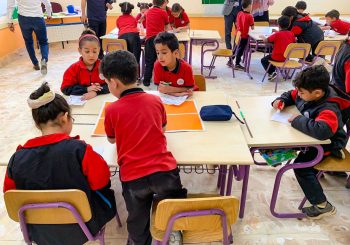Basaisa village, located east of Egypt’s Delta, has become known for utilizing solar energy to generate electricity and convert it into power, serving as an example of decentralized solar energy progress in the country.
This significant achievement is credited to the efforts of Salah Arafa, a physics professor at the American University in Cairo (AUC) and a scientific advisor for Al Sharqiya governorate.
Arafa was the first to introduce solar power and recycling agricultural waste to produce gas to rural communities in Egypt, starting with his hometown, Al Basaisa, in Al Sharqiya governorate, part of the Al Zagazig district.
The project, which Arafa called his “Journey Back to the Roots,” has gained worldwide fame as one of Egypt’s most successful sustainable development projects.
Arafa researched how to utilize natural resources to create eco-friendly communities in rural areas, launching the Basaisa project in 1974. While most villagers were unfamiliar with the benefits of solar energy and suffered from electricity shortages, Arafa explained to them the importance of this project as a sustainable and economical way to provide electricity.
“I believe that the community in Sharqiya possesses all the necessary expertise and skills,” Arafa said in an AUC news statement.
Five Decades of Community Work
In the 1970s, Arafa would travel to the village every Friday to work on the project alongside 650 volunteers from Basaisa. With many villagers engaged, they created an “integrated approach to development.” His program included training courses in agriculture, optimal utilization of the village’s natural resources, literacy classes, and promotion of concepts such as teamwork, creative thinking, community building, and practical application.
In 1983, Arafa founded two associations in Basaisa—one as a cooperative organization to generate the income needed to finance, and the other focused on local community development.
The Basaisa project’s success, as the village efficiently used solar energy to generate electricity, encouraged Arafa to start another project. In 1992, he started working on New Basaisa, in a desert community in Ras Sudr, south of the Sinai Governorate. New Basaisa is 200 kilometers from the original Basaisa and 190 kilometers from Cairo. It primarily relies on agriculture, utilizing around 750 feddans.
In 2017, Arafa and the Basaisa community established the first solar power station on the roof of the Basaisa Community Development Association. The station supplies electricity to the three-story community center, the mosque, and several homes.
For around 50 years, the residents of Basaisa village have been actively involved in generating electricity using solar panels; they have distributed energy to homes at symbolic prices and used solar water heaters.
Basaisa is Arafa’s Dream Realized
“My real reward is knowing that we can transform deeply rooted traditional beliefs and old ways of thinking, which have been adopted for years, into positive ones that align with sustainable development. I consider this a significant step forward,” Arafa said.
As one of Egypt’s leading environmental scientists, he contributed to spreading clean energy in Egypt through his two projects, Basaisa and New Basaisal. Through collective efforts and cooperation with residents who migrated to Basaisa seeking a fresh start in the village, Arafa achieved his goals.
Today, the fruits of his work have come to light, transforming Basaisa from a poor and marginalized village into an eco-friendly community that promotes and applies the concept of sustainable development.







Comments (0)